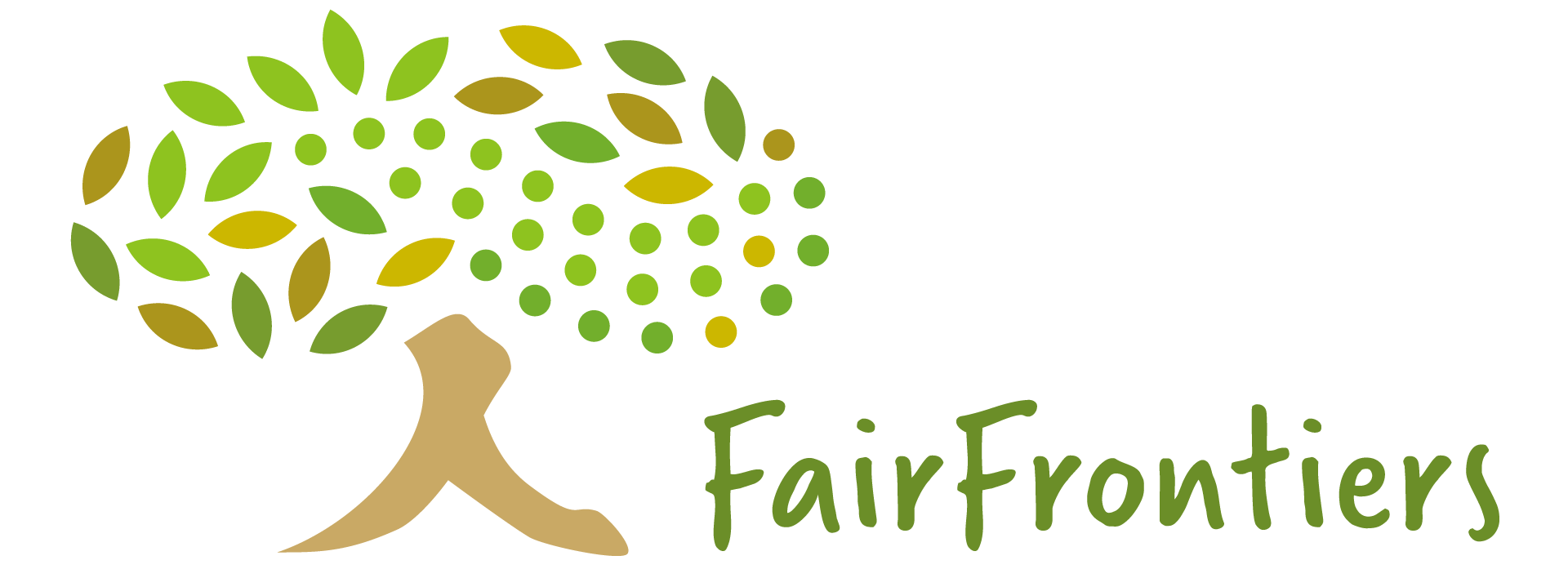Sarawak, to many Malaysians from the Peninsular, occupied most peoples’ mental and discursive spaces as ‘the frontier’, less developed, containing wild and exotic flora and fauna, resources to be exploited for the economic growth and development of the nation. Yet what many still considered to be Malaysia’s frontier state has undergone such rapid and dramatic changes to its geography and natural landscapes as to make it unrecognizable to local inhabitants and visitors alike. A land once home to one of the world’s oldest and most bio-diverse tropical rainforests underwent what the state promoted as ‘development’ and ‘modernization’, leading to much of these forests being commodified for timber extraction or transformed into large swathes of monoculture plantations, oil palm being extremely popular since the 1990s. The justification for these changes in the name of eliminating economic poverty and fulfilling Malaysia’s grand modernist ‘Vision 2020’ need not detain our attentions any longer, but the very idea of the Sarawak people’s coming face to face with, or better, coming to terms with these rapid and fundamental changes, is an occasion for pause and reflection during our recent project field visit to Sarawak. As political philosopher, Wendy Brown, was fond of reminding us of her teacher, Sheldon Wolin’s words that “a time of incessant change is also a time saturated with loss”, the question of how different people or different actors memorialize loss deeply haunted me during and after the trip. How so?

We were visiting an Iban village in the Pantu area, that seemed to be prospering from the oil palm plantation nearby. The presence of the Gunung Lesung National Park nearby, was also prominently brought to our attention by our hospitable hosts. They told us that the mountain is considered sacred grounds for the local Ibans. Legends were recounted about mythic beings that resided at the top of the mountain range, a prologue for the encounter that would be central to this story. The next morning, we visited another longhouse community located near to the national park. On this occasion, we were welcomed by some elderly members of the community. It was apparent that the young or middle-aged have migrated elsewhere for work or education, marking us, the visitors, as the ‘replacements’ for the youthful departed of the community. Time seemed to thicken around us, acquiring a certain weightiness, as we listened to L (an Iban woman in her 60s) talking about how she had to move to Sri Aman (today, Simanggang) as a little girl for elementary school. She and her husband have recently returned to her birthplace in Pantu upon their retirement in Sri Aman. We were engrossed in her stories of how logging companies and their felling of timber polluted the rivers near to the village and of how she was powerless to do anything at the time (the 1970s & 80s), lamenting also the failure of their local elders to resist against such violations of their native customary land rights and environmental destruction. That was back then, “when we were not here”. Now, it will be different, she said. L is mobilizing more of her fellow Ibans to return to this village, to build a new longhouse, longer than the existing ones in this village, ready to finally stake a claim on what is their birthright, their inviolable rights to “NCR land” (native customary rights).
Suddenly, the question about how and why people memorialize loss in their lives became clearer to me. We have a genuine and almost desperate need to mark the losses in our lives because at its heart, these losses we have suffered have to do with power and powerlessness, what we could or could not have done, personally and historically speaking. L is memorializing her past powerlessness, the deep loss of her childhood and her village’s imagined pristine past, with her present-day activism.
On the other hand, an NGO is trying to involve her and her fellow villagers in a tree planting, conservation project linked to the national park. L could not hide her inner skepticism, exclaiming: “Why are you (the NGO) telling us to replant the trees, when it was not us who destroyed the forest?” For her, the people who should actually be replanting those trees are the logging companies that were responsible for the deforestation in the first place. I am led, once more, to the question of what state approved, NGO-led tree-planting initiatives would mean, in terms of the project’s implicit assumptions about what has been lost and what the act of conservation is supposed to redress. What is the imagined relationship between the devastated past and the remedial present that the NGO and its collaborative Sarawak state agencies have in mind, a conservationist ideological space, so to speak, when they plan and implement these projects across the state, enrolling and mobilizing indigenous communities such as L’s, in the process? It is also fundamentally about what magnitude of power, or otherwise, that NGOs and state agencies actually have when dealing with environmental and ecological concerns. Ultimately, it’s also about whose interests are actually served through ‘marking loss’ in this way (conservationist efforts): the bottom line of businesses and corporations, or the wellbeing of local communities in Sarawak.
As we journey onward in our dual itineraries as researchers and also as human beings, we, too, had to memorialize or mark our loss; many efforts to understand seem to have floundered at the wayside, frustrated by forces often beyond our control. It is my hope that research and life would do justice to our inherited pasts and also inspire different futures from the collective mistakes we are making in the present.
Written by: Boon Kia Meng
